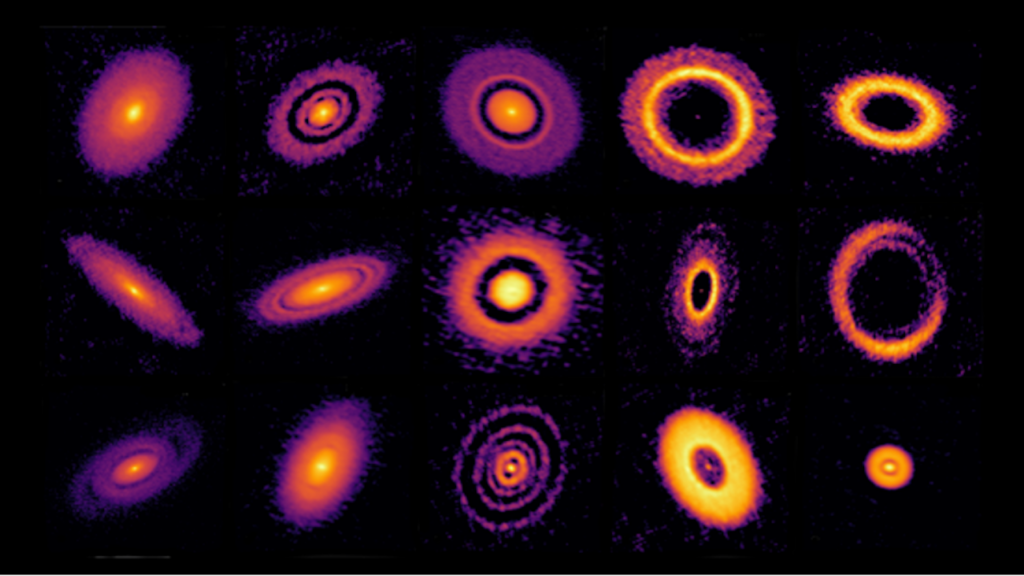Astrophysical Parameters Of M Dwarfs With Exoplanets

M dwarfs are the most abundant stars in the Universe and are hosts of a rich diversity of planetary companions.
In many cases, planets orbiting M dwarfs can be described in remarkable detail. What makes the difference is how deeply we can characterise the host star. This includes to properly model their atmospheres, their abundance of metals, and their activity processes. If they are well described individually, these numerous stars have the potential for providing statistically robust conclusions when combined into larger samples.
Carmencita is the input catalogue of nearby M dwarfs for the CARMENES project, which aims to search for potentially habitable Earth-sized planets orbiting them. It contains more than two thousand M dwarfs that are scrutinized by the consortium members from multiple angles. This thesis contributes to the description of each one of these M dwarfs, including astrometry, photometry, activity, kinematics, and multiplicity, but also to the study of the sample as a whole. The empirical observations presented in this study provide an important benchmark for testing and improving theoretical predictions.
By taking a careful, individualized approach to the study of M dwarfs, we not only contribute to the study of the Universe’s physical processes, but we also pave the way for future discoveries of the potential for life beyond our own planet. Overall, the findings of this study underscore the importance of continued research into the most numerous stars and their planetary systems. We expect that the wealth of data gathered in this thesis will serve as a valuable resource for astronomers and researchers in related fields, and that it will inspire further investigations and new insights into the processes that shape the Universe.
Carlos Cifuentes
Comments: PhD thesis at Universidad Complutense de Madrid. arXiv admin note: text overlap with arXiv:2007.15077
Subjects: Earth and Planetary Astrophysics (astro-ph.EP); Solar and Stellar Astrophysics (astro-ph.SR)
Cite as: arXiv:2305.08893 [astro-ph.EP] (or arXiv:2305.08893v1 [astro-ph.EP] for this version)
Submission history
From: Carlos Cifuentes
[v1] Mon, 15 May 2023 17:41:04 UTC (59,285 KB)
https://arxiv.org/abs/2305.08893
Astrobiology




![Measuring Interstellar Carbon Abundance via 158 um [CII] Absorption with SOFIA](https://astrobiology.com/wp-content/uploads/2025/05/Measuring-Interstellar-Carbon-Abundance-1024x575.png)



